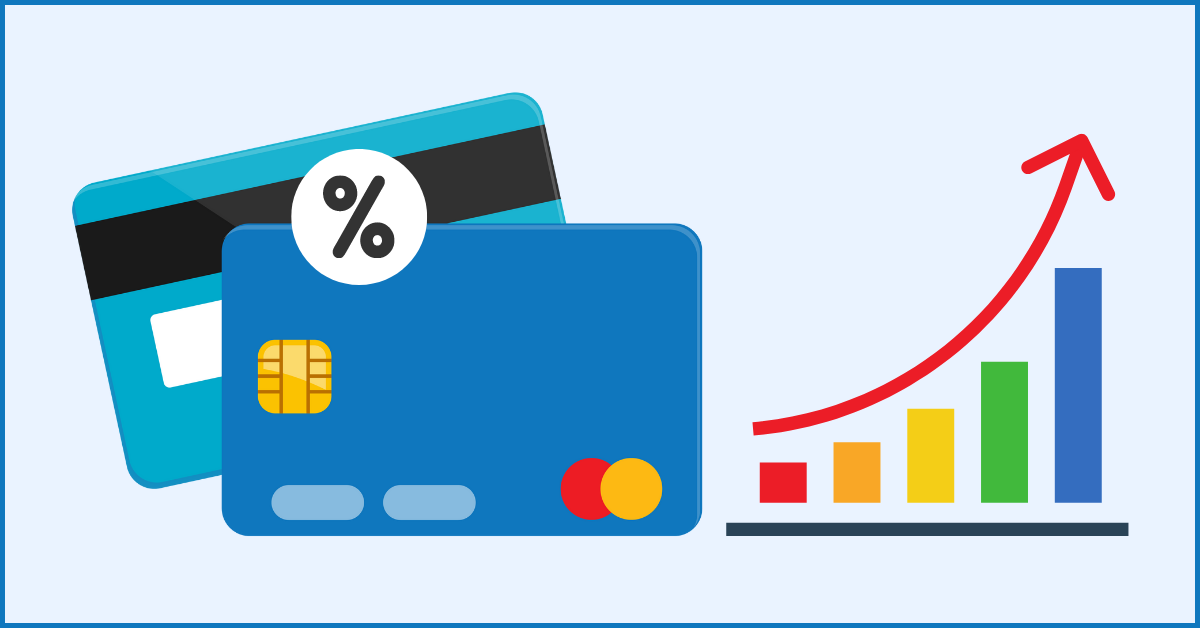Understanding credit card interest rates and fees is crucial for managing personal finances effectively. Credit card interest is typically expressed as an annual percentage rate (APR), which can vary based on the card issuer and creditworthiness of the cardholder. It’s important to note that credit card companies may offer different APRs for purchases, balance transfers, and cash advances. Additionally, interest is usually charged on any unpaid balance carried over past the due date, highlighting the importance of paying off balances in full each month to avoid costly interest charges. Besides interest rates, cardholders should be aware of various fees that could apply, such as annual fees, late payment fees, and foreign transaction fees. Understanding these costs can help individuals choose the best credit card for their needs and maintain control over their spending habits.
Navigating the world of credit cards can often feel overwhelming, especially when it comes to understanding the interest rates and fees associated with them. However, having a clear grasp of these concepts is crucial for managing your finances effectively and avoiding unnecessary debt. In this blog post, we’ll break down the basics of credit card interest rates and fees to help you make informed decisions.
What is Credit Card Interest?
Credit card interest is the cost of borrowing money from your credit card issuer. If you carry a balance from month to month, you’ll be charged interest on the remaining amount. This interest is usually expressed as an annual percentage rate (APR), which can vary depending on the type of transaction or your creditworthiness.
Types of APRs:
- Purchase APR: This is the interest rate applied to the purchases you make with your credit card if you don’t pay off the balance in full each month.
- Balance Transfer APR: If you transfer a balance from one credit card to another, this APR is applied. Some credit cards offer a lower introductory rate for balance transfers.
- Cash Advance APR: This is the rate charged on cash withdrawals from your credit card. It’s usually higher than the purchase APR and starts accruing immediately.
- Penalty APR: If you miss payments or violate other terms, your issuer might apply a penalty APR, which is significantly higher than the regular rates.
How is Credit Card Interest Calculated?
Credit card interest is typically calculated on a daily basis using the average daily balance method. Here’s a simplified step-by-step process:
- Determine the Daily Rate: Divide your APR by 365 days.
- Calculate the Average Daily Balance: Add up your daily balances and divide by the number of days in the billing cycle.
- Apply the Daily Rate: Multiply the average daily balance by the daily rate and then by the number of days in the billing cycle to find the interest charged.
Understanding Credit Card Fees:
Apart from interest charges, credit cards may also come with various fees, such as:
- Annual Fee: Some credit cards charge a yearly fee for the benefits and rewards they offer.
- Late Payment Fee: If you miss a payment deadline, you may incur a late fee.
- Balance Transfer Fee: When transferring a balance from one card to another, a percentage of the amount transferred is usually charged as a fee.
- Cash Advance Fee: In addition to a higher APR, cash advances often come with a separate fee for the transaction.
- Foreign Transaction Fee: If you make purchases outside your home country, a fee might be charged for currency conversion.
Tips for Managing Credit Card Interest and Fees:
- Pay Your Balance in Full: By paying off your balance each month, you can avoid interest charges altogether.
- Understand Your Card Terms: Familiarize yourself with your credit card’s interest rates and fees to avoid surprises.
- Make Timely Payments: Ensure payments are made on time to avoid late fees and penalty APRs.
- Consider Low-Interest Cards: If you frequently carry a balance, look for cards with lower interest rates or promotional 0% APR offers.
By understanding credit card interest rates and fees, you can make smarter financial decisions and keep your debt under control. Always read the fine print, and don’t hesitate to reach out to your issuer if you have questions about your card’s terms and conditions.
